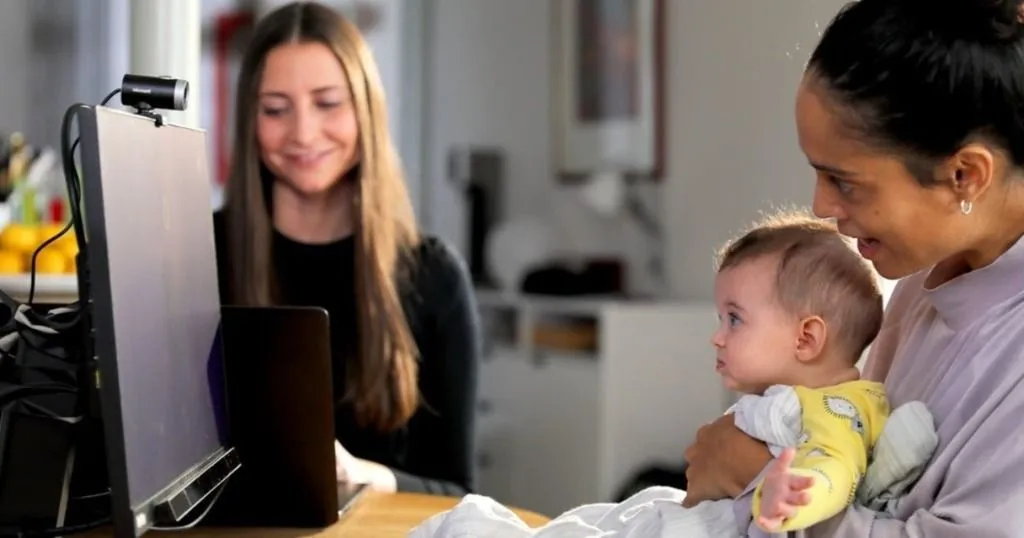Systematic behavioral observation – two coding scales
Structured observations are one of the many ways to gather data. Observing behavior rather than asking questions about it can provide you with a multitude of valuable information.
Posted by
Published on
Mon 05 Dec. 2011
Topics
| Coding Schemes | Labs | The Observer XT | Video Observation |

Structured observations are one of the many ways to gather data. Observing behavior rather than asking questions about it can provide you with a multitude of valuable information.
When you start using observations, you can structure the research method by developing a coding scheme and determine what you want to focus on.
Structuring your observations means thinking about what you want to observe rather than simply noting down whatever is visible and seems relevant. Martin and Bateson (2007) state that the problem with this type of sampling, ad libitum sampling, is that observations will be biased towards those behavior patterns and individuals which happen to be most conspicuous.
So let’s see what observation scales are and how they can contribute to observational research.
1) Pretend Play Observation Scale
The Pretend Play Observation Scale was developed by Brown in 1997 and over time has been further developed and used in studies which investigated the pretend play of mother –toddler dyads in relation to later child IQ (Morrissey and Brown 2009). The selected samples of video recording were coded using The Observer XT software. Event sampling was used to record the level and number of child and mother play behaviors. They conclude that this study proves that gifted children show differential development (rapid learning) from the first year of life.
The combination of the coding scheme by Brown in 1997 and The Observer software provided a powerful and structured method to study pretend play behavior.
2) OPOS - Outdoor Play Observation Scheme
OPOS - Outdoor Play Observation Scheme (Bakker et al 2008) is presented as one of the coding schemes used in gaming research.
Bakker and colleagues describe four classes: physical activity, social interaction, focus, and general. And behaviors fit into these classes. (This coding scheme is evaluated on http://www.allaboutux.org/opos-outdoor-play-observation-scheme). It is an observation scheme for evaluating head-up play. Bakker et al’s proposed observation scheme is found to be objective and reliable, helping evaluators compare pervasive games regarding the play behaviors they provoke.
As a weakness, All about UX mentions that coding of videos is very time consuming. It can take a while to code video, no denying that.
However, using flexible software such as The Observer XT to help you in the process will ease the pain.
This coding scheme OPOS, was used by Soute, Kaptein, and Markopoulos (2009) who presented a case study where two versions of the same outdoor pervasive game were compared. They concluded that the inter-rater reliability for social interaction was poor.
They found that it was quite difficult to judge children’s verbal utterances from the videos and proposed to improve this by equipping participants with small microphones, so each participant’s speech is recorded separately. Of course there is always room for improvement: methods and techniques are rapidly evolving.
How to develop your own observation scale
You can develop your own observation scale by observing behaviors of your test participants, live or from video, and arrange behaviors in classes. Try to sort them and maybe even add modifiers to describe behaviors in great detail.
References
- Bakker, S.; Markopoulos, P.; Kort, Y.D. (2008). OPOS: an observation scheme for evaluating head-up play. Proceedings of NordiCHI 2008, ACM 2008, 33-42.
- Brown, P. M.; Rickards, F. W.; Bortoli, A. (2001). Structures underpinning pretend play and word production in young hearing children and children with hearing loss. Journal of deaf studies and deaf education, 6, 15-31.
- Martin, P.; Bateson, P. (2007). Measuring Behaviour. An introductory guide. Cambridge University Press.
- Morrissey, A-M.; Brown, P.M. (2009). Mother and toddler activity in the zone of proximal development for pretend play as a predicator of higher child IQ. Gifted child quarterly, 53 (2), 106-120.
- Soute, I.; Kaptein, M.; Markopoulos, P. (2009). Evaluating outdoor play for children: virtual vs. tangible game objects in pervasive games. Proceedings IDC 2009, June 3-5 2009, Como, Italy, 250-253.
Related Posts

Top 5 blog posts about autism

The importance of a multi-method approach in infant behavior research

